[Photos] Military Operation Bunker – witness of "Dien Bien Phu in the Air Campaign"
Multimedia - PublishedTime : 07:02, 29/12/2022
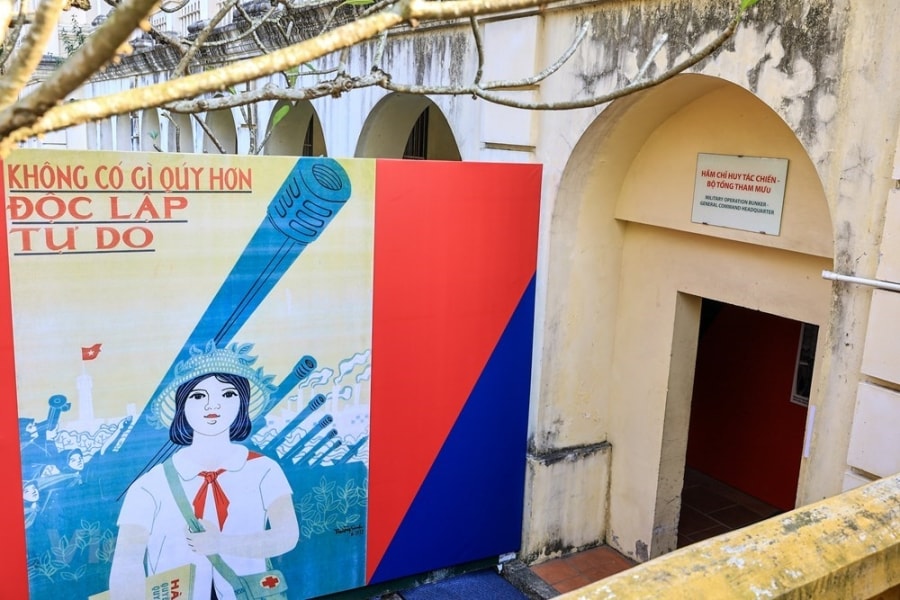
On the occasion of the 50th anniversary of the "Dien Bien Phu in the Air Campaign", the Thang Long - Ha Noi Heritage Conservation Centre has organised an exhibition in the Military Operation Bunker T1 in the relic’s complex. The exhibition has utilised information technology to retell the historic event. Built in the Imperial Citadel of Thang Long in late 1964 when US troops were invading further into northern Vietnam, the underground bunker was the heart and soul of North Vietnam during the war. Vietnamese officers made critical decisions for the "Dien Bien Phu in the Air Campaign", which lasted from December 18-29, 1972 in the bunker.
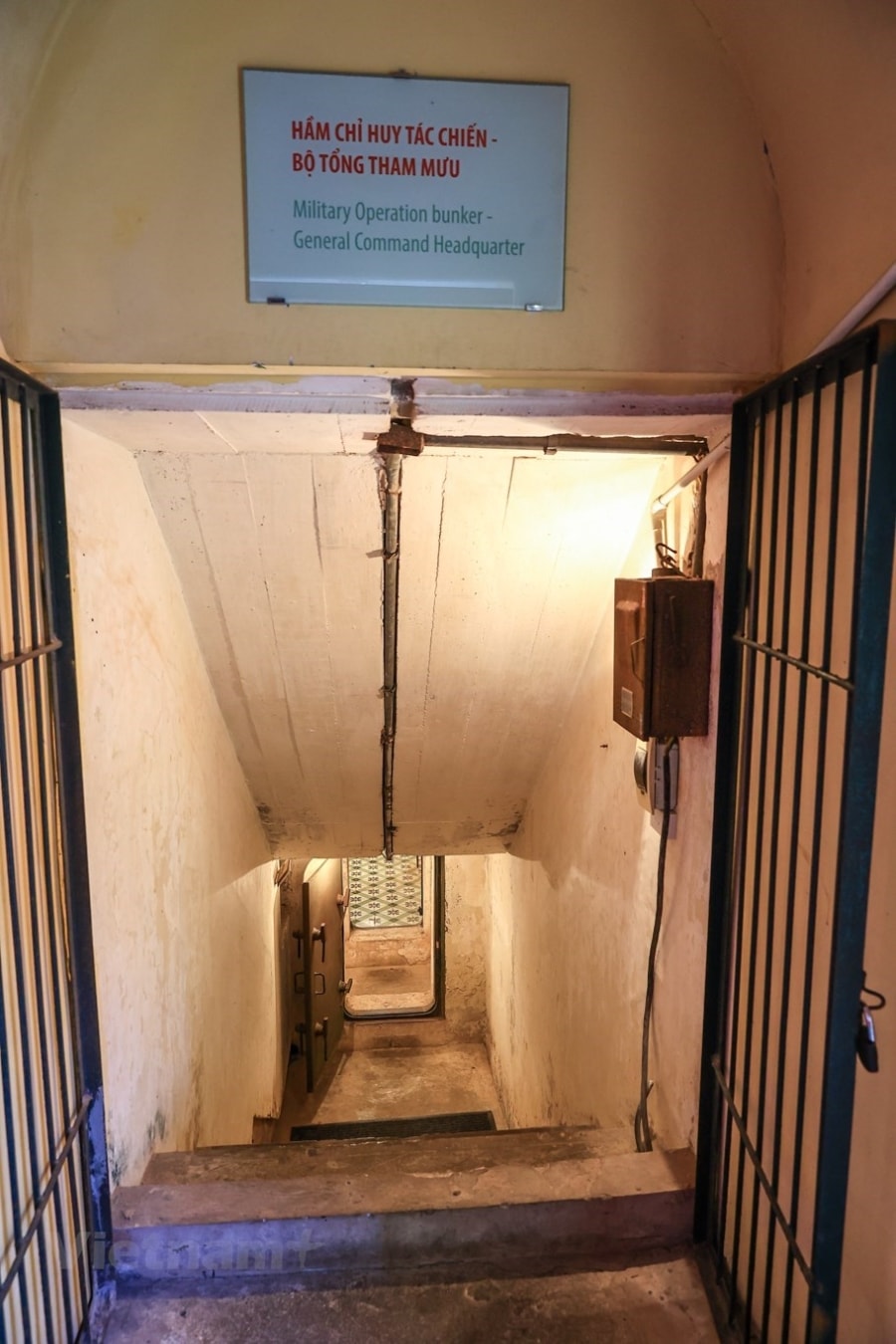
The bunker played a crucial role in the "Dien Bien Phu in the Air Campaign," named Linebacker II by the US. In the 12 days and nights of fierce fighting in Ha Noi in late December 1972, the Vietnamese army and people defeated US airstrikes, shooting down 81 aircraft of all kinds, including 34 B-52 strategic bombers, forcing the US to sign the Paris Agreement on ending the war and restoring peace in Vietnam (Paris Peace Accords) in January 1973. This triumph is also called the "Dien Bien Phu in the Air" victory, which took its name from the victory of the Dien Bien Phu Campaign in 1954 that put an end to the French colonial rule over Indochina.
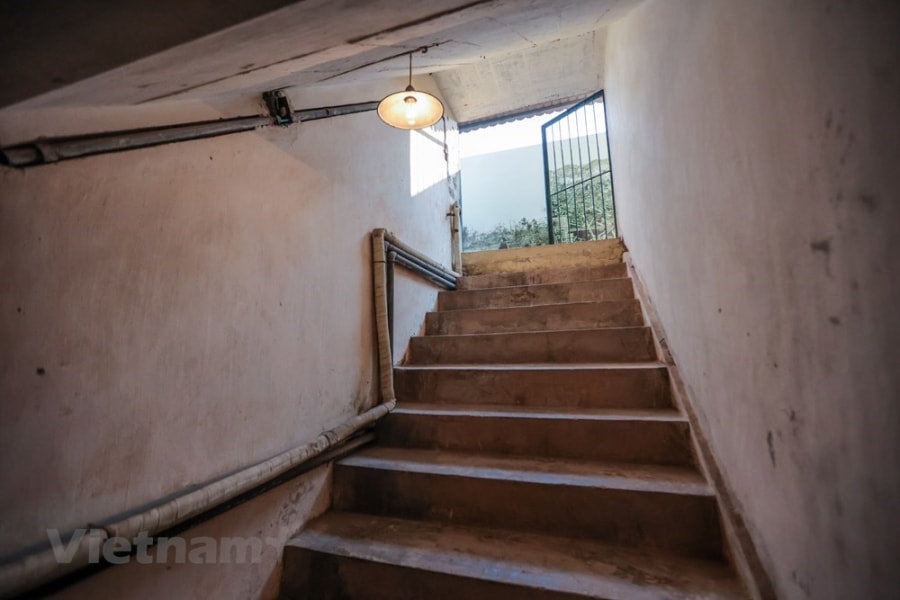
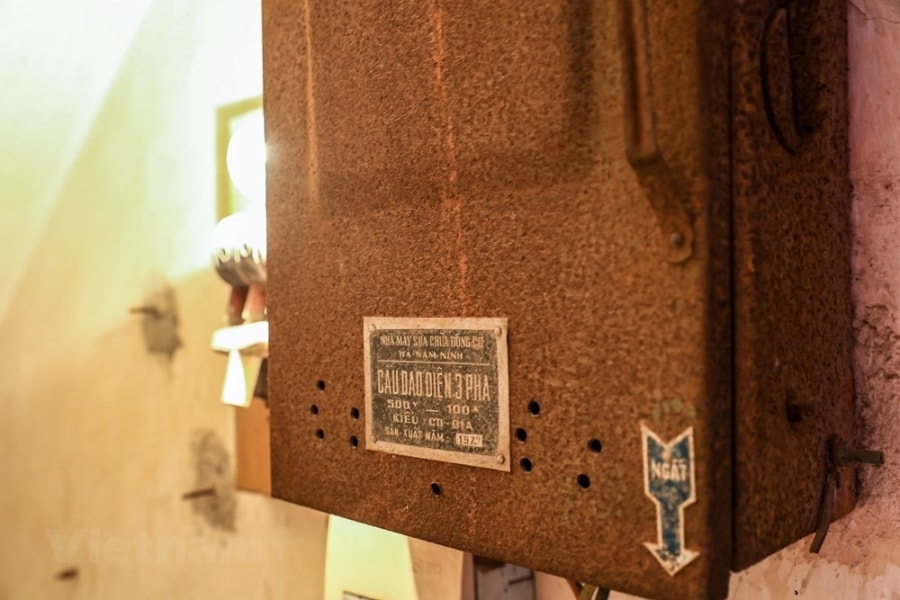
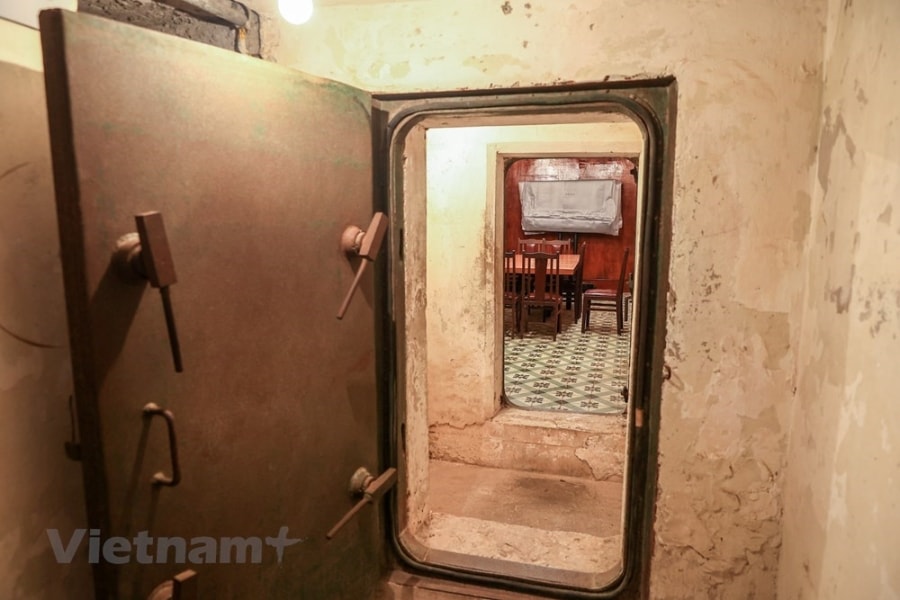
The underground bunker is located to the west of the Department of Operations, the General Staff of the Vietnam People's Army in the Thang Long Imperial Citadel relic in downtown Ha Noi. The top of the bunker is 1.4m above the land, and its walls are 0.4m thick. With a system of air conditioning, filtering and ventilation, the bunker was considered one of the most modern of its kind that could provide shelter from atomic bombs. The bunker is divided into three rooms, with the largest covering 34m2. It was equipped with four booths. Each booth was installed with three telephones, a system of monitoring the air routes of both the US and Vietnam aircraft, a war map, an alarm and a loudspeaker.
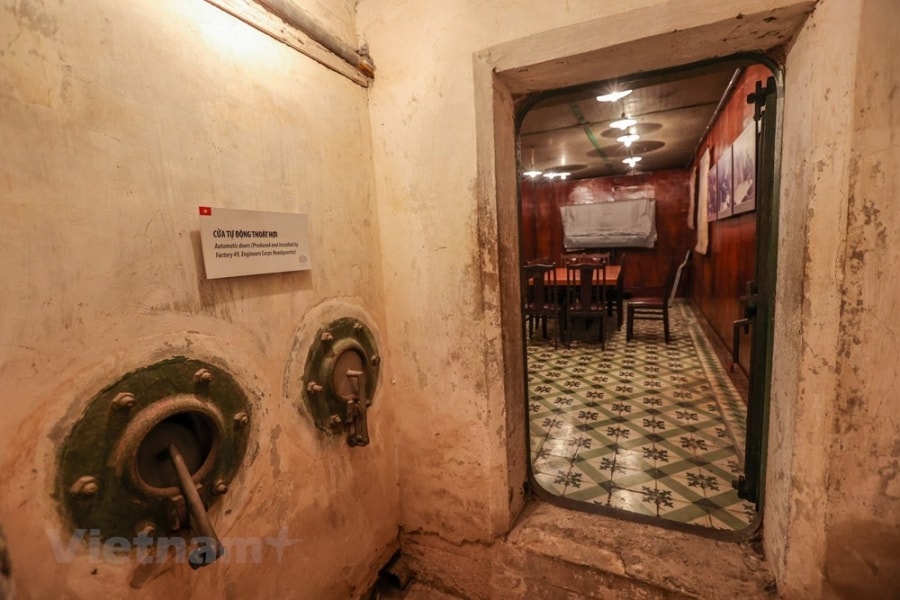
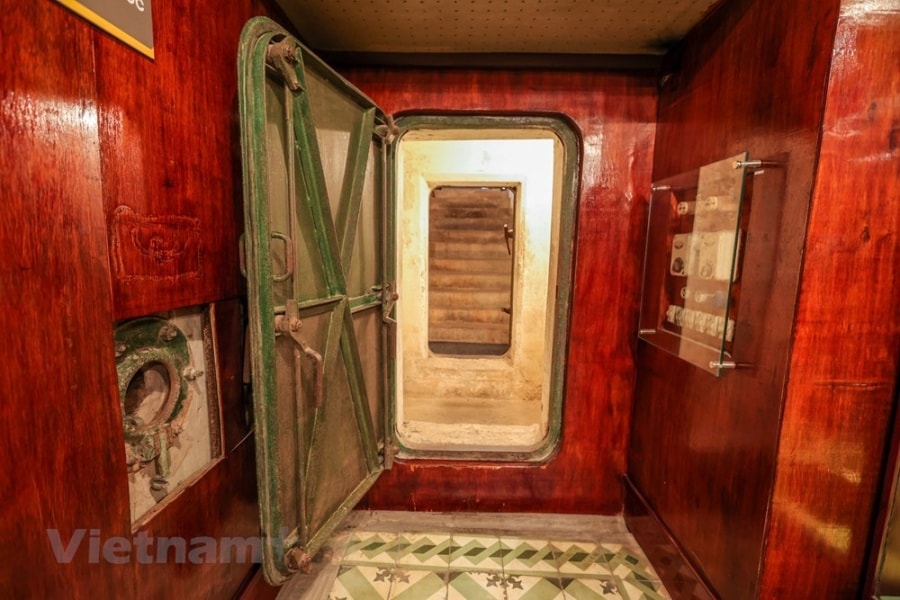
The bunker was first opened to visitors in 2017. Visting the bunker gives visitors an insight into the brave fight and the victory of the army and people of Vietnam in the war against the US. Military experts said the "Dien Bien Phu in the Air Campaign" was an intense bombing campaign by the US to destroy major targets in Ha Noi and nearby cities and provinces using B-52 aircraft. It was the largest bombardment launched by the US Air Force since the end of World War II.
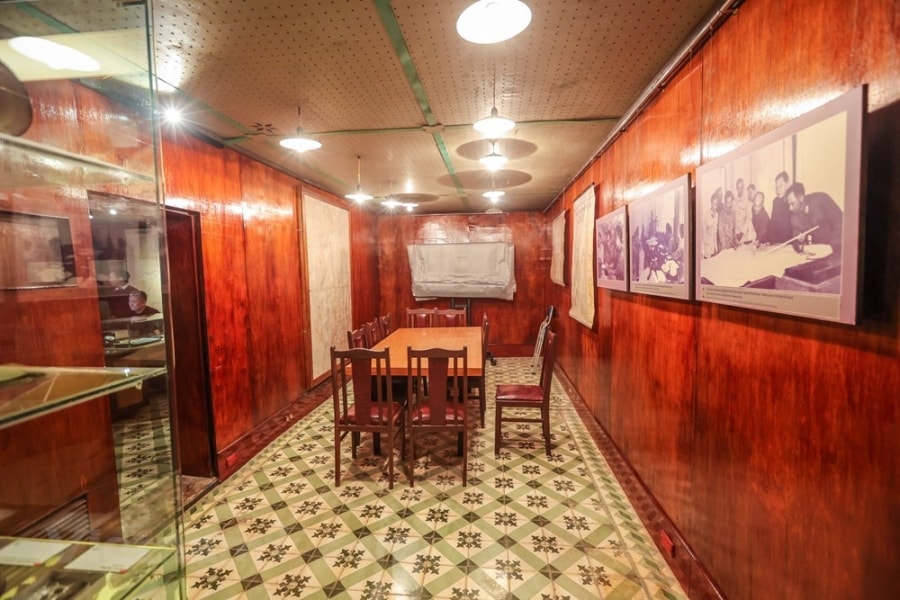
There is a 20-sq.m room in the bunker where the chief of the on-duty officers worked. Staff in this room in the T1 bunker were the first to receive orders on the campaign and report to higher authorities.
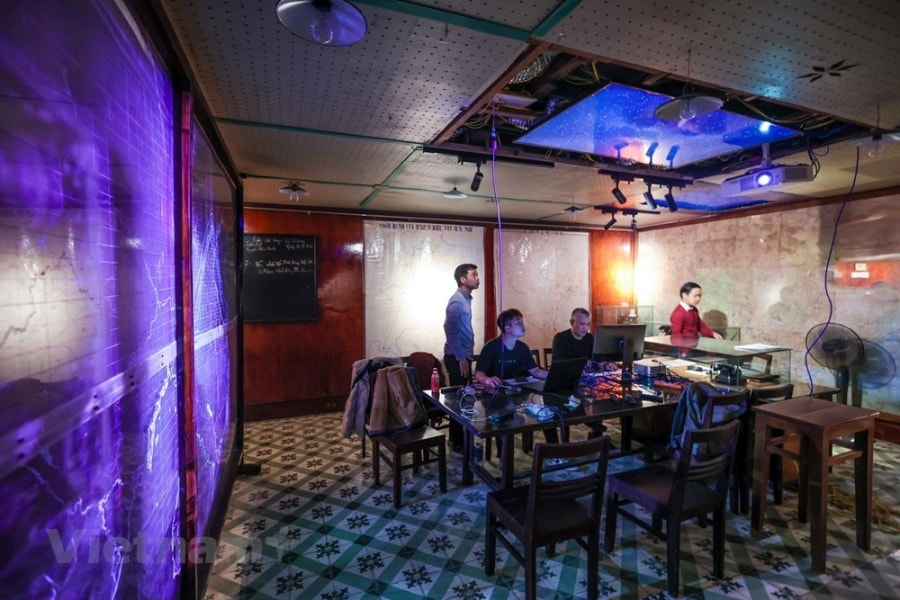
The operations room in the bunker is where officers on duty worked around the clock. The on-duty staff members were responsible for keeping track of the entire campaign and advising the General Staff and the Minister of Defence. Air raid sirens across Ha Noi were also controlled from this room. After 1975, the bunker was largely left unused until it was renovated in 2012.
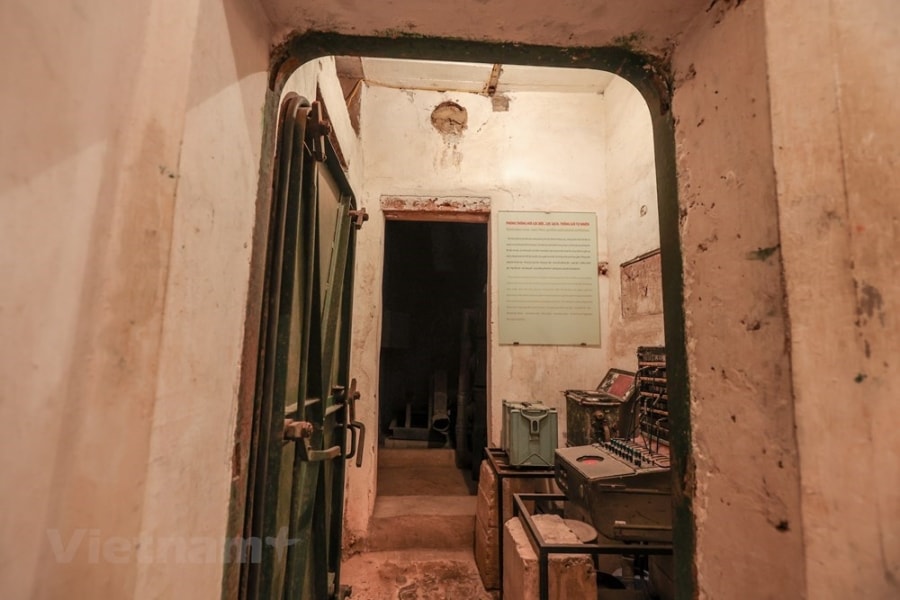
The generator room, where the ventilation, air conditioning and phone systems were operated, ensured the smooth operation of 28 telephones in the bunker and the daily necessities of the on-duty officers. The underground bunker was built insite the compound of the Thang Long Imperial Citadel relic in late 1964 when US troops were escalating their invasion into North Vietnam. The Thang Long Imperial Citadel, the centre of regional political power for almost 13 consecutive centuries, was recognised as a UNESCO World Heritage Site in 2010, affirming its particular cultural, historical and architectural values. Over the past two decades and ten years since the UN culture agency's recognition, the values of the ancient citadel have been upheld through various activities.
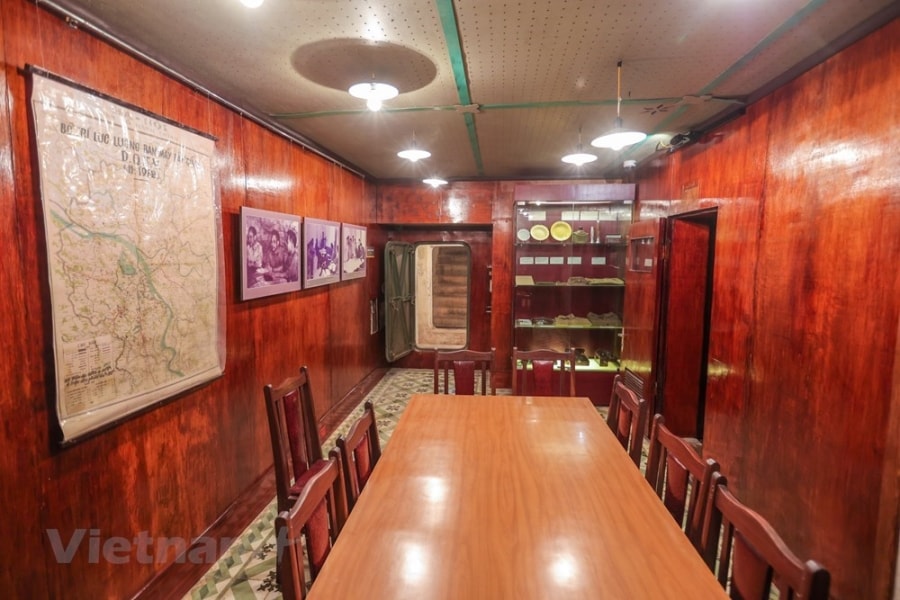
After the re-unification of the country in 1975, the bunker was largely left unused until it was renovated in 2012. It was officially opened to visitors in 2017. Over 100 photos and documents are being displayed at an exhibition at Thang Long Imperial Citadel in Ha Noi on the 50th anniversary of the "Dien Bien Phu in the Air Campaign". The event is being co-hosted by the Ha Noi-Thang Long Heritage Conservation Centre and partners until late January 2023. It will feature seminars, exchanges with witnesses and war veterans, and the release of books of 108 pilots and a military barrack in the Thang Long Imperial Citadel.
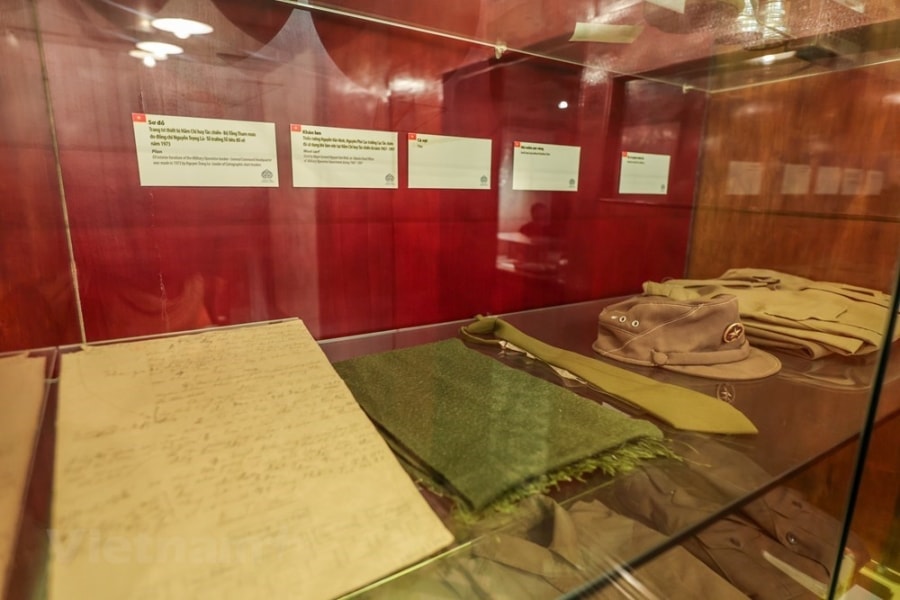
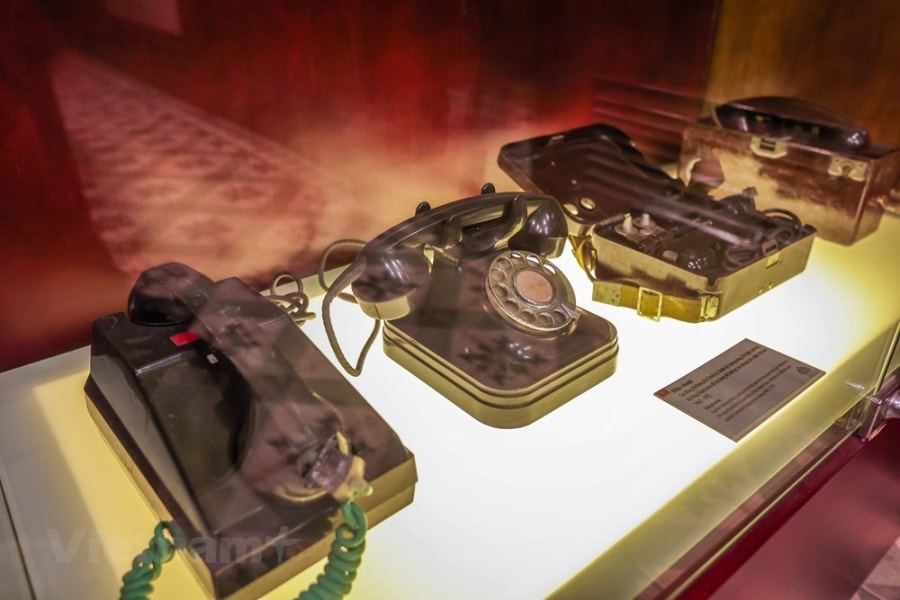
Artefacts inside the bunker are well preserved, including landline telephones in the bunker used to contact major departments and agencies during the war. On January 27, 1973, the Paris Agreement was signed as the outcome of a long negotiation that lasted for four years, eight months and 14 days, with more than 200 public sessions and 24 private meetings. Under the agreement, the US recognised Vietnam's independence, sovereignty and territorial integrity and withdrew all US and allied troops from South Vietnam. This agreement created the prerequisite for Vietnam's great victory in the Spring 1975, which liberated the country.
VNA
